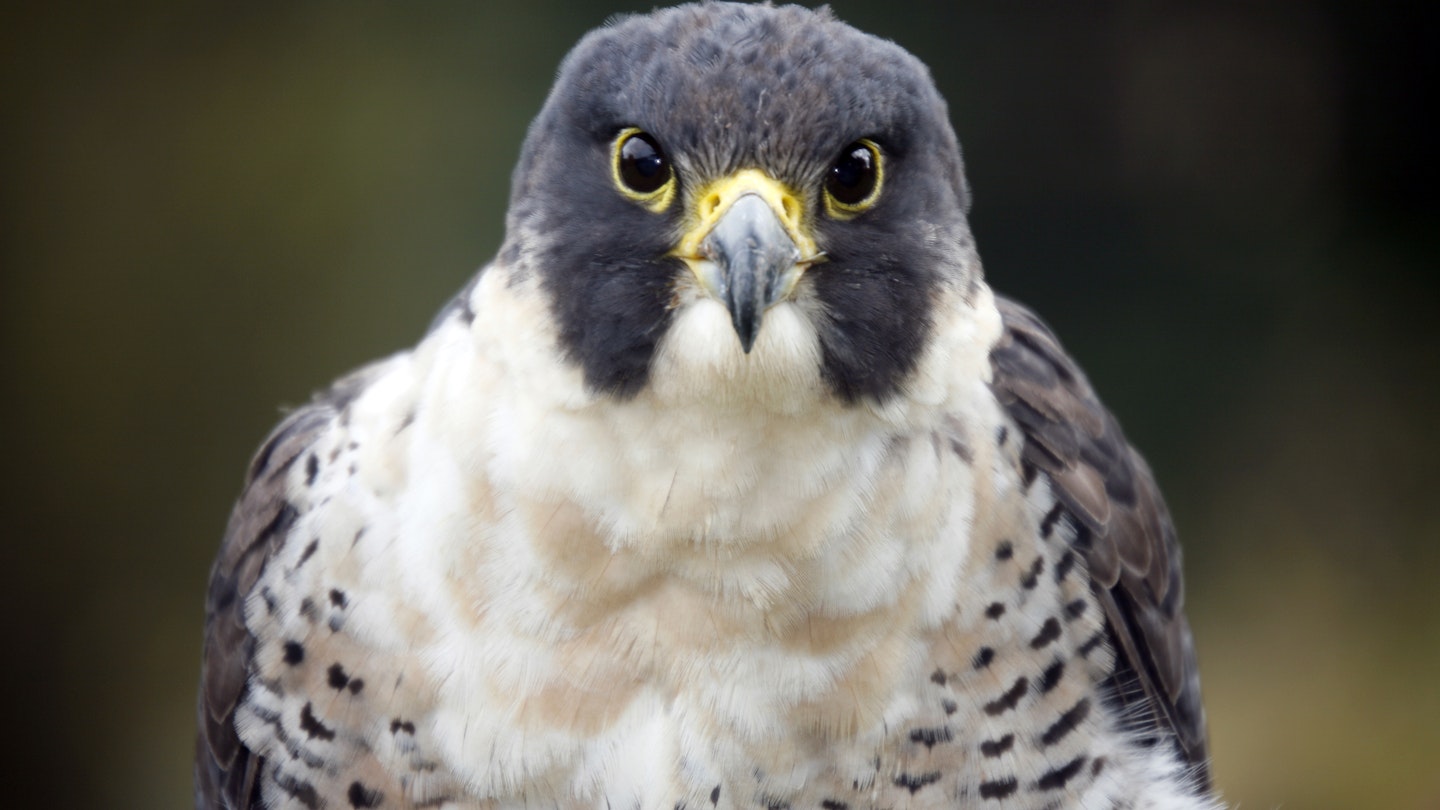The Peregrine Falcon: A Stunning Visitor to Zion National Park
The high cliffs of Zion National Park in Utah not only appeal to adventurous hikers and climbers. In the spring, the red rock cliffs also beckon the peregrine falcon — believed to be the world’s fastest animal — to nest.
Once an endangered species, the park closely monitors these birds and takes extensive measures to protect their nests. If disturbed, the peregrine falcons can abandon their nests, which emphasizes the importance of keeping a safe distance.
What is a Peregrine Falcon?
The falcons draw their name from the Latin word “peregrine,” meaning to travel or wander, as these birds can migrate up to 15,000 miles each year.
Typically, falcons range in speed between 25-34 miles per hour; however, when making a sharp dive to catch prey, they can accelerate to speeds between 100 and 200 miles per hour in just 8 seconds. Consequently, this unparalleled speed makes the peregrine falcon one of the fastest animals on our planet.

These remarkable birds were once endangered primarily due to the pesticide DDT used in the United States, which resulted in thin-shelled eggs that were prone to cracking. By 1970, just 39 breeding pairs of peregrine falcons existed in the contiguous United States.
However, following the ban of DDT in 1972 and with the aid of monitoring programs, the peregrine falcon was removed from the endangered species list in 1999. Today, it is estimated that there are more than 4,000 breeding pairs in the United States.
Where to Find Closures in Zion National Park
The closures primarily affect the cliffs and climbing routes, rather than the hiking trails throughout the park. According to the park’s guidance on raptor closures, certain areas have been closed since March 1:
- Angels Landing
- Cable Mountain
- The Great White Throne
- Isaac (in Court of the Patriarchs)
- The Sentinel
- Mountain of the Sun
- North Twin Brother
- Tunnel Wall
- The East Temple
- Mount Spry
- The Streaked Wall
- Mount Kinesava
The only hiking routes potentially impacted by these closures are the East Rim Trail and Hidden Canyon Trail, which define the southernmost boundary of the closure on Cable Mountain. If you plan to hike in these areas, it’s advisable to check for closures prior to your visit.
These closures will remain in effect until biologists can determine the locations of peregrine falcon nests and confirm that the nesting season has concluded.
Can I See the Peregrine Falcon in the Park?
Zion National Park serves as an excellent habitat for observing the peregrine falcons, as well as the endangered California condor. Nonetheless, it is crucial to observe these majestic birds from a safe distance.
Peregrine falcons typically nest on cliffs that rise between 25 and 1,300 feet high; therefore, binoculars would enhance your viewing experience. Park officials suggest visiting the Big Bend shuttle stop for the best chance of seeing these birds. Wildlife experts indicate that the falcons begin mating between March and early May, and the chicks typically fledge from their nests between late June and late July.




